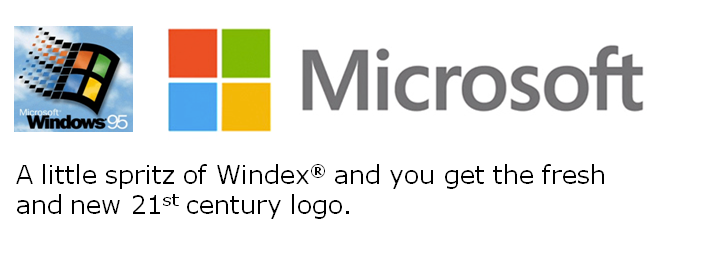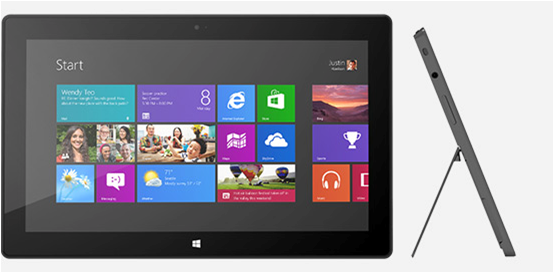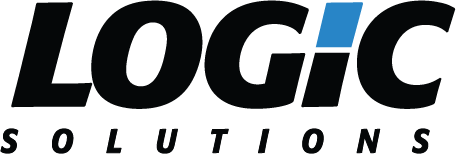It’s no coincidence that the two biggest names in technology held product launches this week. Here’s the take away from Microsoft’s event.
1. Windows 8 is Finally Here
 This isn’t the rehashed Windows look that you’ve been acquainted with since ’95 (the iconic “Start” button is no more). Windows 8 has been completely overhauled with the modern Metro interface.
This isn’t the rehashed Windows look that you’ve been acquainted with since ’95 (the iconic “Start” button is no more). Windows 8 has been completely overhauled with the modern Metro interface.
Metro is based on a grid of interactive touch-enabled tiles that display “live” apps. For example, you can have a tile that shows up-to-the-minute weather, while another tile hosts your email.
There’s no need to fret if you do not want to enter a touch-only world. Windows 8 also offers a traditional desktop mode similar to Windows 7 in lieu of Metro.
In addition, Microsoft engineered Windows RT, a slimmed-down Windows 8 optimized for netbooks and tablets. This is fundamentally Microsoft’s version of Apple’s iOS: Windows RT will only run preinstalled and/or approved apps from the Windows Store (!! see below).
Microsoft wants you to use it: an upgrade to Windows 8 Pro costs only $39.99.
2. The Surface Has Emerged
 At long last, we see Microsoft’s answer to the highly successful iPad. At 10.6″ this tablet includes all the external features that have been missing from the iPad, including a MicroSD slot, USB and micro-HDMI ports.
At long last, we see Microsoft’s answer to the highly successful iPad. At 10.6″ this tablet includes all the external features that have been missing from the iPad, including a MicroSD slot, USB and micro-HDMI ports.
The Surface runs on Windows RT with a full Intel-based Windows 8 Surface “coming soon.”
Microsoft made it clear that it wants users to experience the Surface with the optional Touch Cover or Type Cover add-ons to take advantage of the kickstand—it’s been the focal point of their ad campaign.
The Surface is available now starting at $499 for 32GB plus an additional $119.99 for Touch Cover or $129.99 for Type Cover.
3. Windows Store
Microsoft enters the app world as an underdog with the new Windows Store. Users of Windows 8 and RT will have immediate access to thousands of apps on the Windows Store (available in 231 markets). This presents a new opportunity for developers as Microsoft hopes that the 670 million Windows 7 users will upgrade to the newest OS.
